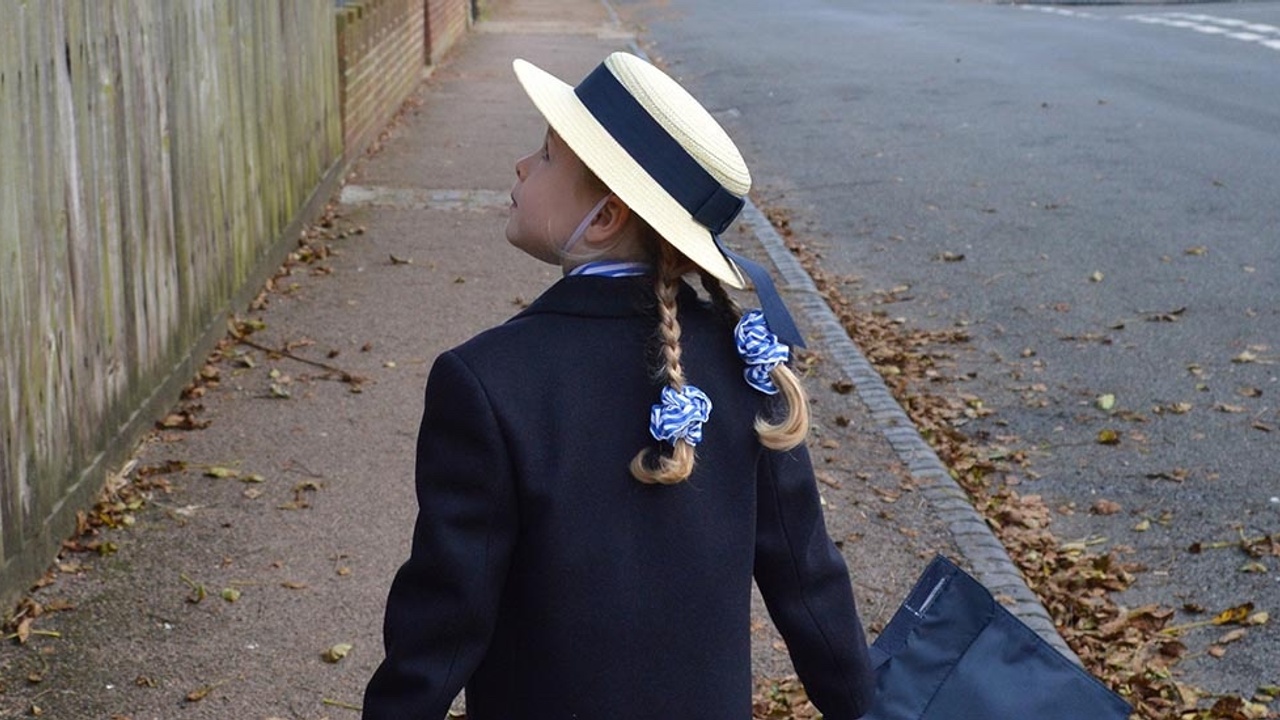The First Day of School is Not Just For Kids: A Thirst for Belonging in Us All
Aug 22, 2019
Back to school is often a chaotic time as kids and families shift gears from the slow days of summer to the routine and rigors of school. Our kids started school this week – new schools for each of them as we recently relocated to Austin, Texas. There was a mixture of excitement and anxiety. And an underlying tension of belonging vs. fitting in.
But that feeling of the first day of school is not just for kids. The longer we live, the more likely we will encounter many “first days of school”. Whether by choice or circumstance, we will need to step out and create new chapters of our lives. Some chapters occur from positive life changes, such as getting married, having babies or sending kids to college; other chapters are sparked by loss, such as divorce, the loss of a spouse or financial hardship.
For at least some of us, these chapters can feel more awkward and scary than the first day of middle school. At least when we’re young we enter these stages as a cohort. Later in life, we’re more often navigating our new schedules on our own. With each new chapter, we are presented with opportunities to find our true belonging or means of fitting in. Our attitude and choices can go a long way towards finding the right situation or not.

Brene Brown has been a leading voice on the importance of
belonging through her books and TED talks
Brene Brown is a leading voice on the significance of finding true belonging. Ms. Brown and her research rose to prominence with her TEDx talk on The Power of Vulnerability which has been viewed over 40 million times. Her book, Braving the Wilderness: The Quest for True Belonging and the Courage to Stand Alone, provides a framework for thinking about belonging in our modern society. She defines belonging as:
The innate human desire to be part of something larger than us. Because this yearning is so primal, we often try to acquire it by fitting in and by seeking approval, which are not only hollow substitutes for belonging, but often barriers to it.
In short, belonging is of greater value than fitting in, and fitting in can get in the way of finding belonging. Ironically, middle schoolers seem to clearly understand the difference. In Brown’s work, kids provided the following distinction:
“Belonging is being accepted for you. Fitting in is being accepted for being like everyone else.”
Through her research, Brown believes that true belonging can be achieved through a combination of better understanding others, speaking truth but in a civil way, seeking shared experiences with others (including seizing the power of moments) and being vulnerable yet committed to who you are.
While Brown’s principles and supporting anecdotes are helpful, her research overlooks the importance of place.
In our search for belonging, our choice of place matters. Sometimes, our understanding of place focuses exclusively on the look and feel of our home. These physical dimensions are important and, for some, critical. However, they aren’t the complete picture.
Understanding how our place ties us into a broader community is critical. Key questions to consider include: What are people like around us? Are people sufficiently similar to us? Sufficiently different? Are there people of all ages? Can we engage and learn from each other? How available can we make ourselves for real connection? Can we be ourselves?

Potluck meals can be magical in bringing people together
creating a sense of connection and belonging
I have experienced how physical place can help create a sense of connection and belonging. At The Stories at Congressional Plaza in Rockville, Maryland, a joint development between SmartLiving 360 and Federal Realty Investment Trust, we designed amenity spaces to facilitate interaction and our lifestyle ambassador serves as a catalyst for connection, often of an intergenerational nature. In one case, a family moved across the country and found babysitters and tutors for their kids among residents within the community. Spontaneous potlucks formed. A sense of belonging was forged. It was more than an apartment.
I have also seen where it does not come together. I advise senior living communities on how to be more successful. In one instance, a resident of a community was also a member of the board of directors and helped in a strategic planning process. He appreciated what the community offered but, after several years, he realized it wasn’t for him. He concluded that he did not belong or fit in so he left. At age 83. Being committed to belonging takes courage.
While our kids officially experienced their first day of school this week, our recent move to Austin from Baltimore has evoked that feeling of the first day of school for all of us. Individually and collectively, we are searching for our sense of belonging in a new environment. Using Brown’s principles and selecting the right to place to live will help us now and in future life chapters.
Take the Right Place, Right Time Assessment
Are you in the right place for right now? This quick assessment will reveal opportunities to improve your life.
Subscribe to The Blog
We hate SPAM. We will never sell your information, for any reason.

